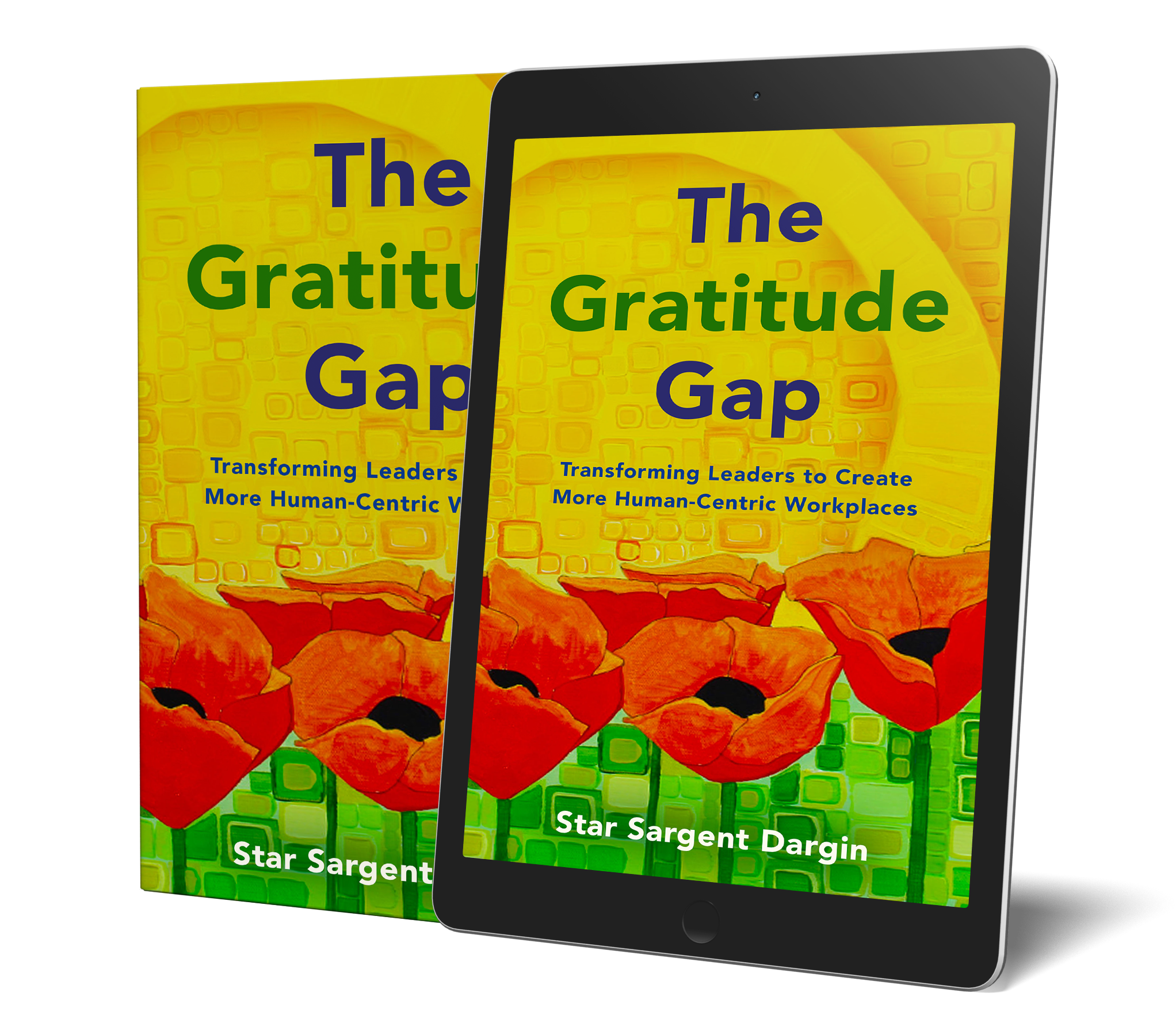A Gratitude Plan is a set of steps that will help you to build a strong gratitude muscle. Whether it’s on a personal, team or organizational level, a plan is necessary to achieving your goals. But at the same time, a plan won’t lead anywhere without a well considered goal. Before creating a gratitude plan, ask yourself these two questions:
- What is your goal for gratitude?

- Why are you willing to invest time and energy into making this goal a reality?
If your plan doesn’t include a goal, it is unclear where you’ll end up. Or, as Abraham Lincoln said, “A goal properly set is halfway reached.” Here are some sample personal gratitude goals to consider:
- Increase the strength of my gratitude muscle.
- Improve the level of my gratitude intensity from a 3 to a 5.
- To be in gratitude 85 percent of the day instead of 50 percent
- To be able to see and truly be grateful for the people and things in my life daily.
- To improve my gratitude behaviors and develop a weekly practice of acknowledging others.
Note: Some of these goals would be based on the results of your gratitude assessment. If you’ve yet to take the assessment, here’s the link.
If your gratitude plan is for a team, your goal or goals may look something like this:
- Create a culture that recognizes positive behaviors (like when someone works overtime).
- At every team meeting, ask what went well, instead of what went wrong.
- Develop and enforce ground rules that create respect for everyone.
- Keep everyone accountable to each other.
- Show appreciation for other teams, clients, and industry pundits.
For organizations, your gratitude goals may look different yet:
- Improve employee engagement to 85 percent and ensuring it stays there by measuring it annually.
- Create processes that are clear, easy to understand, and support individuals as well as the organization
- Handle difficult and challenging situations fairly and transparently.
- Ensure easy-to-use rewards programs are clear and in place.
- Incorporate rewards and recognition in performance reviews in a fair and timely way.
- Train 75 percent of the employees in collaboration, teams, and trust-building.
- Ensure senior executives identify and take gratitude-related actions.
- Develop regular appreciation practices and processes at all levels of the organization.
Note: Arron Ain of Kronos cultivates a “culture of thank you” in his organization, and has six suggestions for how organizations can do that in his book, Work Inspired.
The second question to answer before creating a plan is the motivation behind setting a gratitude goal. What benefit will achieving your goal offer? This concept is also known as the why. Why are you willing to invest time and energy into making this goal a reality?
My initial gratitude muscle-building motivation was to heal and not hurt anymore. Today I’m motivated to build my gratitude muscle because I’ve seen the power of gratitude. I know how much easier and better my personal and professional life is when my gratitude muscle is strong.
Kronos is a billion-dollar-a-year company that practices “Mass Gratitude.” Their motivation is to be “nice” to employees because it’s the right thing to do and is a good business strategy.
It’s equally important for you as an individual, your team, or your organization as a whole to find the motivation behind why you are building your gratitude muscle. When you make your why visible, you spark motivation even when the process feels difficult, and gratitude seems out of reach.
What’s your gratitude goal and motivation? Let me know. I’d love to hear from you!

